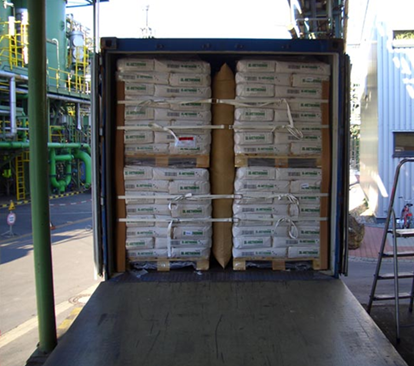eDiscovery Trends: Delaware Has a New Standard for eDiscovery

On Dec. 8 of last year, the U.S. District Court for the District of Delaware revised the "Default Standard for Discovery, Including Discovery of Electronically Stored Information (ESI)" for the third time to reflect recent changes in technology and to address concerns of attorneys regarding the discovery of ESI. The new Default Standard expects the parties to reach agreements cooperatively on how to conduct discovery under Fed. R. Civ. P. 26-36. If the parties are unable to agree on the parameters and/or timing of discovery, the default standards will apply until further order of the Court or the parties reach agreement (which is why it’s a default standard).
The Revised Default Standard addresses several provisions for conducting discovery of ESI, including:
- Proportionality: Parties are expected to preserve, identify and produce relevant information in a proportional manner.
- Preservation: Each party’s normal policies and procedures in place for the preservation and backup of information will not be altered unless the party requesting the information provides good cause and that information current when the request is made must be preserved by the producing party. The preservation requirement doesn’t extend to data only discoverable by forensics, voice mails, information stored on mobile devices, RAM, and data from obsolete systems.
- Privilege: The parties are expected to confer on the nature and scope of privilege logs for the case, including whether categories of information may be excluded from any logging requirements and whether alternatives to document-by-document logs can be exchanged.
- Initial Discovery Conference: The new Default Standard provides guidelines for the timing (before the "Rule 16 Conference”) and content (issues, sources of potentially relevant ESI, production formats, handling of privileged information, categories of ESI to preserve, etc.) of the Initial Discovery Conference.
- Initial Disclosures: Within 30 days after the Rule 16 Conference, each party is required to disclose a ranked list of the 10 custodians most likely to have discoverable information in their possession, a ranked list of the non-custodial data sources that are most likely to contain non-duplicative discoverable information and any issues related to ESI, third-party discovery under Fed. R. Civ. P. 45 and production of information subject to privacy protections.
- Patent Litigation Discovery Requirements: The timing, starting within 30 days after the Rule 16 Conference, for the plaintiff and defendant obligations are detailed. In patent litigation proceedings, discovery is limited to 6 years before the complaint unless the information in question relates to the conception of the invention in question.
- On-Site Inspection of Electronic Media: Not permitted without good cause.
- Search Methodology: Producing parties must disclose their search terms to the requesting party and the requesting party may request no more than ten additional terms which must not be overbroad (e.g., product and company names).
- Format: ESI and non-ESI should be produced to the requesting party as text searchable image files (e.g., PDF or TIFF) unless they are not easily converted to image files (e.g., Excel and Access files).
- Metadata Fields: The only fields required to be produced (if available) are – Custodian, File Path, Email Subject, Conversation Index, From, To, CC, BCC, Date Sent, Time Sent, Date Received, Time Received, Filename, Author, Date Created, Date Modified, MD5 Hash, File Size, File Extension, Control Number Begin, Control Number End, Attachment Range, Attachment Begin, and Attachment End (or the equivalent thereof).
So, what do you think? How do these standards compare to those in your state? Please share any comments you might have or if you’d like to know more about a particular topic.
Disclaimer: The views represented herein are exclusively the views of the author, and do not necessarily represent the views held by CloudNine Discovery. eDiscoveryDaily is made available by CloudNine Discovery solely for educational purposes to provide general information about general eDiscovery principles and not to provide specific legal advice applicable to any particular circumstance. eDiscoveryDaily should not be used as a substitute for competent legal advice from a lawyer you have retained and who has agreed to represent you.




